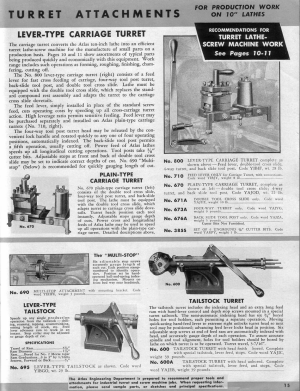- Joined
- Dec 30, 2022
- Messages
- 40
Spent some time in CAD trying to flesh out exactly what I want. I think I'm going to add more 4x4s to the middle, so I get an absolute tank like @zippyslug31 . That also provides nice sections for drawers and a cabinet.

I may be getting ahead of myself with those though... For starters, I'm just going to focus on the frame, fancy bits can be added later.

A couple things I'm not sure about. For the top, I could just add several more horizontal braces like so (they aren't perfectly lined up in the drawing right now). And they will definitely go under the lathe mounting bolts ala @MrCrankyface

Alternatively, @silence dogood suggested a beam to go under the lathe, which I have seen before. Maybe something like this, if I just threw another 4x4 directly under where the lathe should be, with some extra 2x4s on the side to provide a mount for the bolts? Kind of like it now that I drew it up, just creating a lot more cuts to make

So I don't know... Maybe I'll just throw the casters on anyway, see how well they do

I may be getting ahead of myself with those though... For starters, I'm just going to focus on the frame, fancy bits can be added later.

A couple things I'm not sure about. For the top, I could just add several more horizontal braces like so (they aren't perfectly lined up in the drawing right now). And they will definitely go under the lathe mounting bolts ala @MrCrankyface

Alternatively, @silence dogood suggested a beam to go under the lathe, which I have seen before. Maybe something like this, if I just threw another 4x4 directly under where the lathe should be, with some extra 2x4s on the side to provide a mount for the bolts? Kind of like it now that I drew it up, just creating a lot more cuts to make

More I think about it, the more I don't think this thing needs to roll around. Taking your suggestion to make the bottom level with the legs, it could have a huge contact with the ground and I'm sure feel ridiculously sturdy... Problem is my garage is very sloped. I think the back will need to be ~1/2" higher than the front to be even where I want to place this thing. And I'd rather not try to build that in, for fear of getting it wrong and having to shim anyway, and also so it's still usable in my next garage which will hopefully be reasonably level.An occasional move while you sort out a shop layout is not what I'd call regular use.
So I don't know... Maybe I'll just throw the casters on anyway, see how well they do










